The Intersection of Holotomography Technology and Artificial Intelligence
Tomocube: Pioneering AI Microscopes
Located in the Daedeok Innopolis in Daejeon, Tomocube is at the forefront of developing AI microscopes by leveraging Holotomography (HT) technology, which allows the observation of living cells. Traditional microscopy techniques often require pre-processing steps like chemical staining, leading to cell death or alteration, making it challenging to observe cells in their natural state. Additionally, these processes can take several hours to an entire day. In contrast, Tomocube’s HT technology uses laser beams to create a 3D representation of cells based on density, enabling real-time observation of living cells. This technology is gaining global attention for its potential applications in various medical fields, including cancer cell differentiation, pathogen identification, disease diagnosis, and new drug development.
Q1. We featured Tomocube in our 2021 newsletter and heard that the company has since experienced significant growth and recognition. Could you share more about these developments?
I appreciate your interest in our company. 2022 marked a significant milestone for Tomocube with the launch of our second-generation holotomography microscope, the HT-X1. Recently, the market has seen a rapid shift in research focus, with increasing demand for products capable of observing 3D cell samples like organoids and tissue slices in their living state without staining. After overcoming numerous research and development challenges, we successfully commercialized the innovative HT technology, surpassing the limitations of previous products.
Upon its release, the HT-X1 garnered tremendous global interest. Thanks to the concerted efforts of our dedicated team, we achieved notable accolades, including the Minister of Science and ICT Award in 2022, the 2022 Korea Innovation Startup Award, and the designation as a Global Leading Company 1,000+ in 2023. Our sales performance of the HT-X1 led to winning the First $1 Million Export Tower in 2023 and recording a revenue of 3.74 billion KRW. Building on this momentum, we decided to pursue a KOSDAQ listing, applying for a technological evaluation in the second half of 2023. We received 'A, A' grades from “NICE Information Service” and the “Korea Planning and Evaluation Institute for Industrial Technology,” recognizing our world-class technological prowess and market potential.
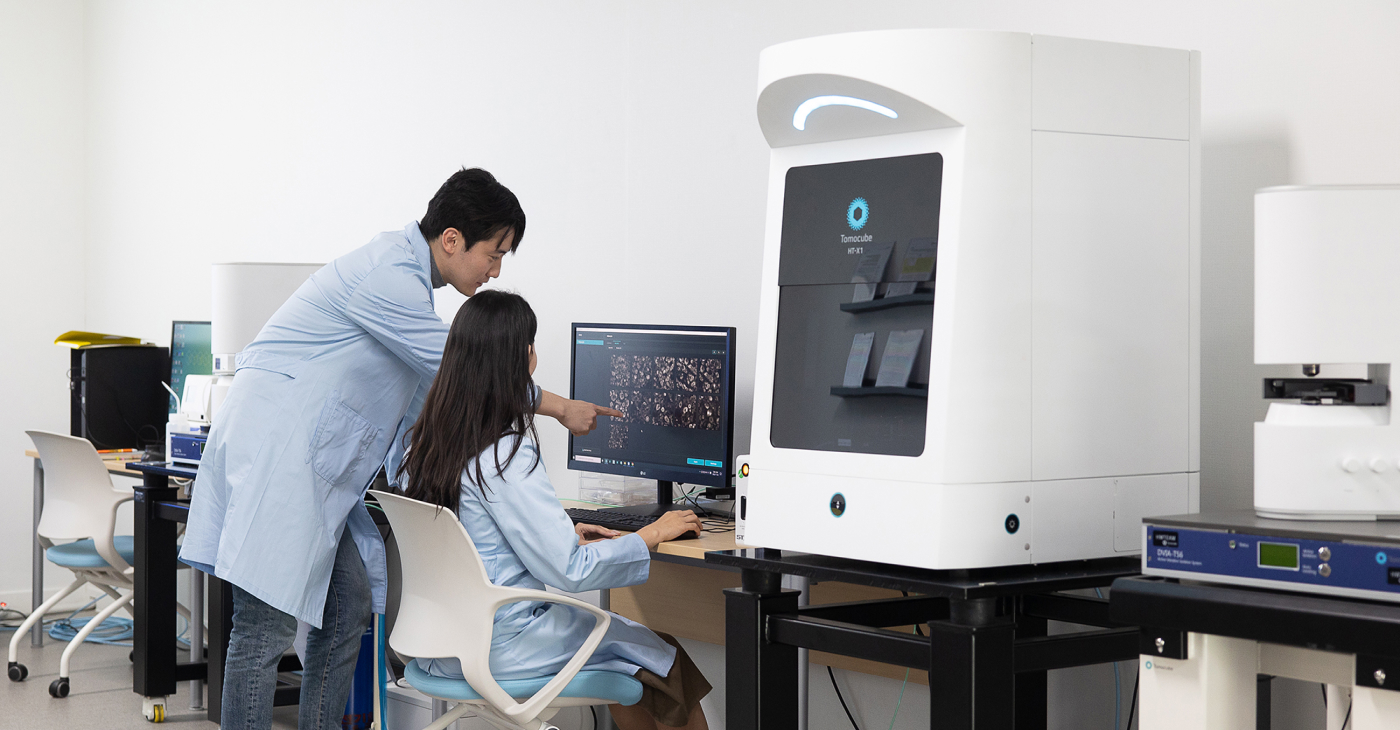
Q2. We understand that Tomocube's HT technology is utilized by prestigious institutions like MIT, Harvard University, and the German Cancer Research Center across 20 countries and over 50 universities and research institutes. Are there other collaborations where Tomocube's HT technology is being applied?
In April 2023, Tomocube signed a Memorandum of Understanding (MOU) for joint research and development with ORGANOIDSCIENCES, a company specializing in organoid development. This partnership aims to combine our existing technologies to analyze cell structure and function more precisely, paving the way for new cell therapies. Organoids, cultivated from stem cells into 3D structures resembling organs like the intestine, liver, and stomach, are mini-organs. ORGANOIDSCIENCES specializes in cell therapy and drug screening technologies using adult stem cell-derived organoids. By integrating Tomocube's technology, which images the internal structure of cells in 3D without staining, we are conducting research to develop more precise organoid analysis and personalized therapies, thus driving innovation in the pharmaceutical and medical fields.
Tomocube actively supports and collaborates with institutions that have purchased our HT products, assisting with technology support and research cooperation. This includes analyzing HT imaging data obtained in the field and discussing experimental design ideas. Our initial second-generation HT customers include prominent international institutions such as MIT, ETH Zurich, and the University of Oslo. Domestically, we collaborate with leading institutions like the Korea Basic Science Institute (KBSI), Pohang University of Science and Technology (POSTECH), and Gwangju Institute of Science and Technology (GIST). Additionally, we are engaged in collaborative research projects in Daejeon, including a research-driven hospital project with Chungnam National University Hospital.
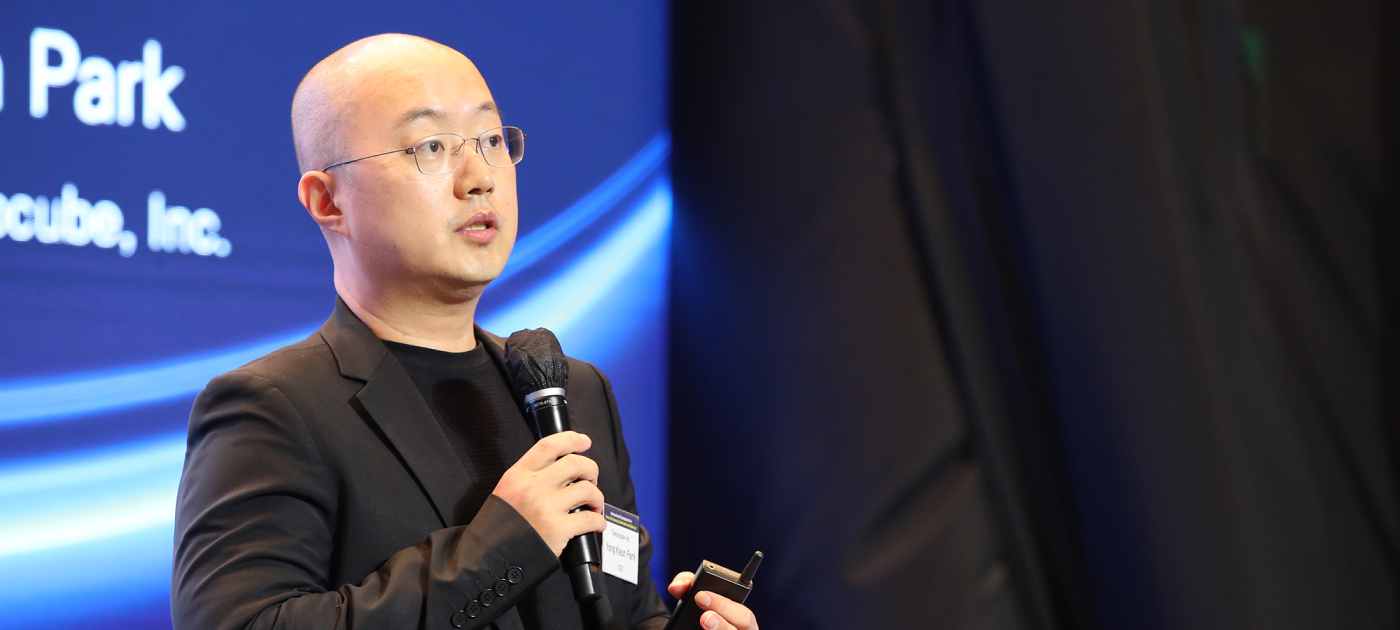
Q3. Tomocube recently participated in the American Association for Cancer Research (AACR 2024) in April, a renowned conference where pharmaceutical and biotech companies and industry experts share their research outcomes. You presented various research results utilizing the second-generation Holotomography platform HT-X1. How was the reception at the conference?
With the application of the second-generation HT products in research settings, we have initiated advanced preclinical studies, including predicting immuno-oncology therapy responses, virtual tissue staining, image-based biomarker development, and integration with single-cell analysis. This enabled us to participate in a significant platform like AACR. Many researchers at the conference were particularly interested in incorporating artificial intelligence (AI) and deep learning into clinical cancer data studies. Our HT technology's high quantifiability and stability make it especially advantageous for AI research, drawing significant attention to Tomocube's technology and research outcomes.
Moreover, ahead of the conference, Professor Tae-hyun Hwang from Mayo Clinic, Professor Mingyao Li from the University of Pennsylvania, and Professor Linghua Wang from MD Anderson Cancer Center contributed a feature article titled “The 3D Revolution in Cancer Discovery” in the journal Cancer Discovery, introducing our HT technology. As a result, many researchers who encountered our technology through this article visited Tomocube's exhibition booth, inquiring about product purchases and potential research collaborations. This made the conference an incredibly beneficial experience for us.
(Source: Linghua Wang, Mingyao Li, Tae Hyun Hwang; The 3D Revolution in Cancer Discovery. Cancer Discov 1 April 2024; 14 (4): 625–629. https://doi.org/10.1158/2159-8290.CD-23-1499)
Q4. We understand that Tomocube is preparing for a KOSDAQ listing to achieve greater growth and technological development based on its unique technology. Could you tell us about the growth potential of Tomocube's Holotomography (HT) technology and the company's future plans?
Having obtained 'A, A' ratings in the technological evaluation last December, we submitted the preliminary review application to the Korea Exchange this April. While our second-generation HT technology is well-received by existing customers, its utility is particularly highlighted in the rapidly growing regenerative medicine market, including organoids and cell therapies. We anticipate solidifying our position as a leading company by quickly increasing our market share. We plan to expand our global sales network and production facilities to accelerate these growth factors. Moreover, we aim to attract top talent and support the growth of our existing employees, which is why we are pursuing the KOSDAQ listing.
Under the vision of “Innovate the way we see life” Tomocube strives to respond swiftly to the rapidly changing industrial demands and continuously enhance our technological capabilities to provide the best solutions to our customers. Our goal is continually improving our business performance, contributing to the national economy, fulfilling our social responsibilities, and contributing to scientific research and a healthier future for humanity. Most importantly, we aim to strengthen our leadership in the global market, actively communicate with researchers worldwide, and create new value across the bio industry.




 Wellness Service
Wellness Service
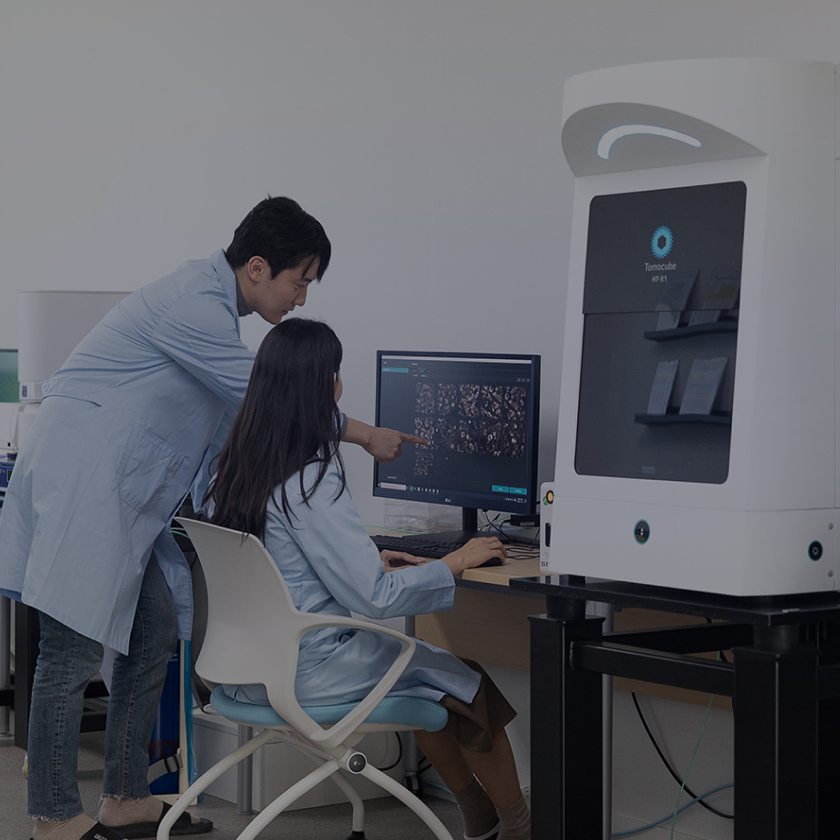 Bio Technology
Bio Technology
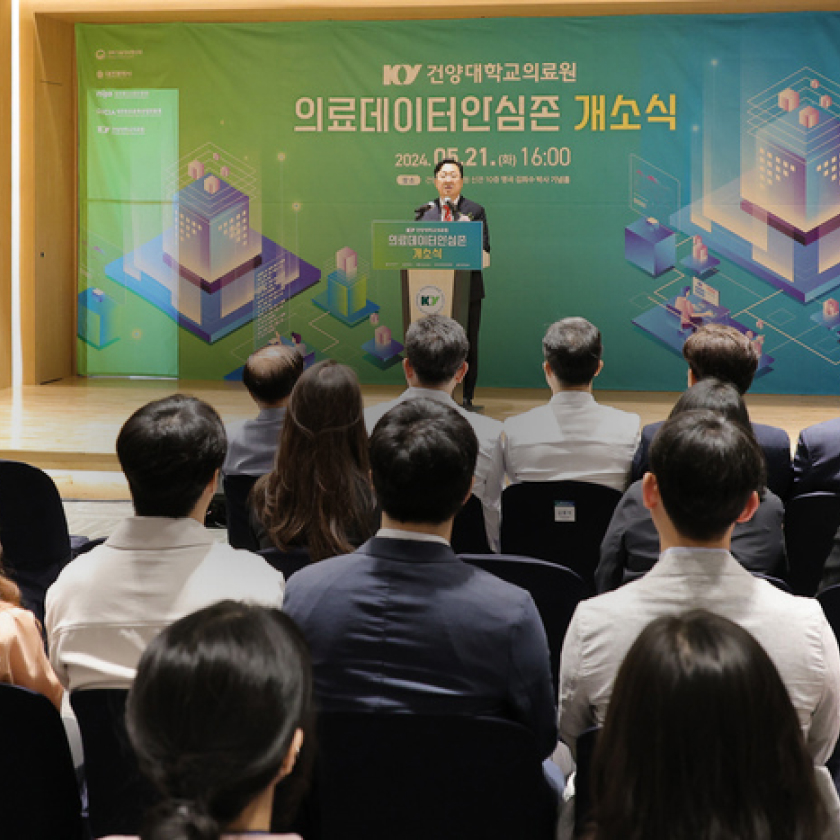 Medical tourism
Medical tourism
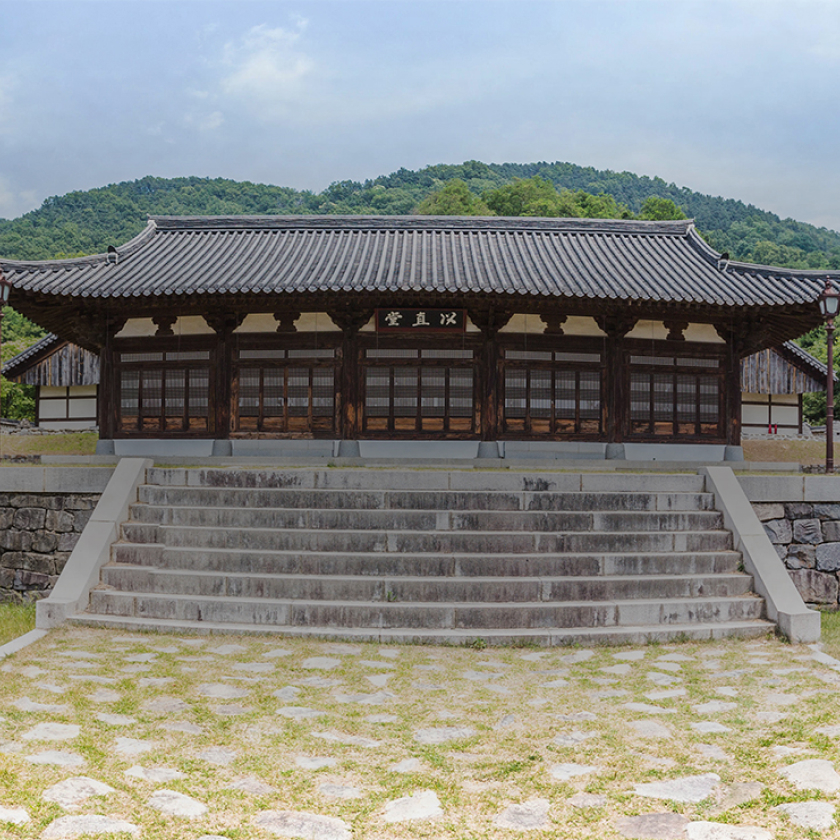 Festival & Mice
Festival & Mice
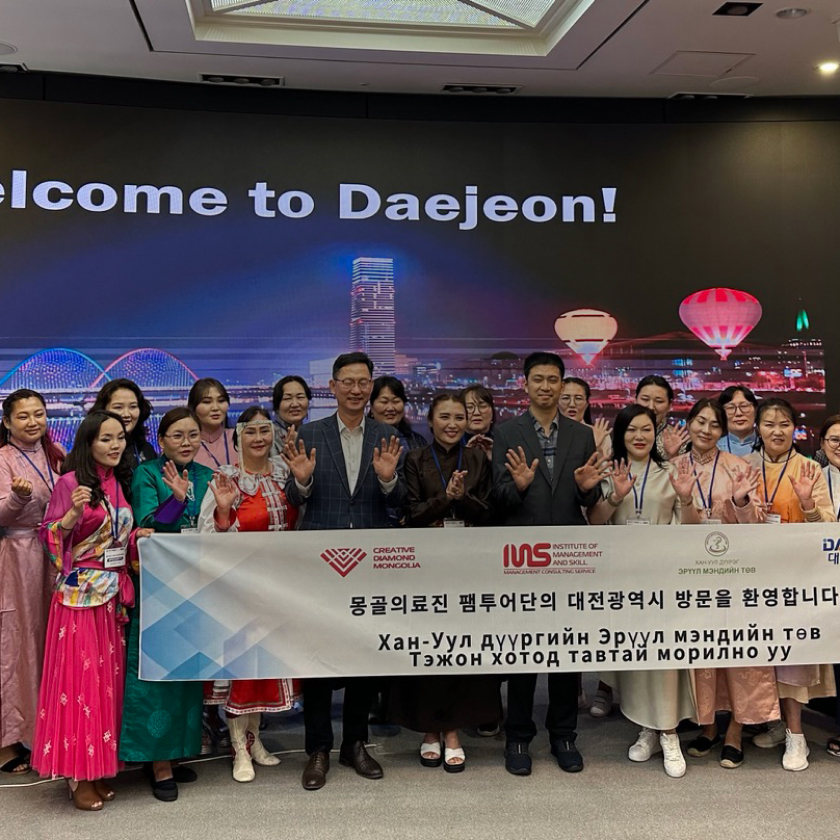 Hot Issue
Hot Issue
 Interview With
Interview With
 Medical Technology
Medical Technology
 City & Culture
City & Culture
 Food & Travel
Food & Travel
 Health & Wellness
Health & Wellness
 Hot Issue
Hot Issue